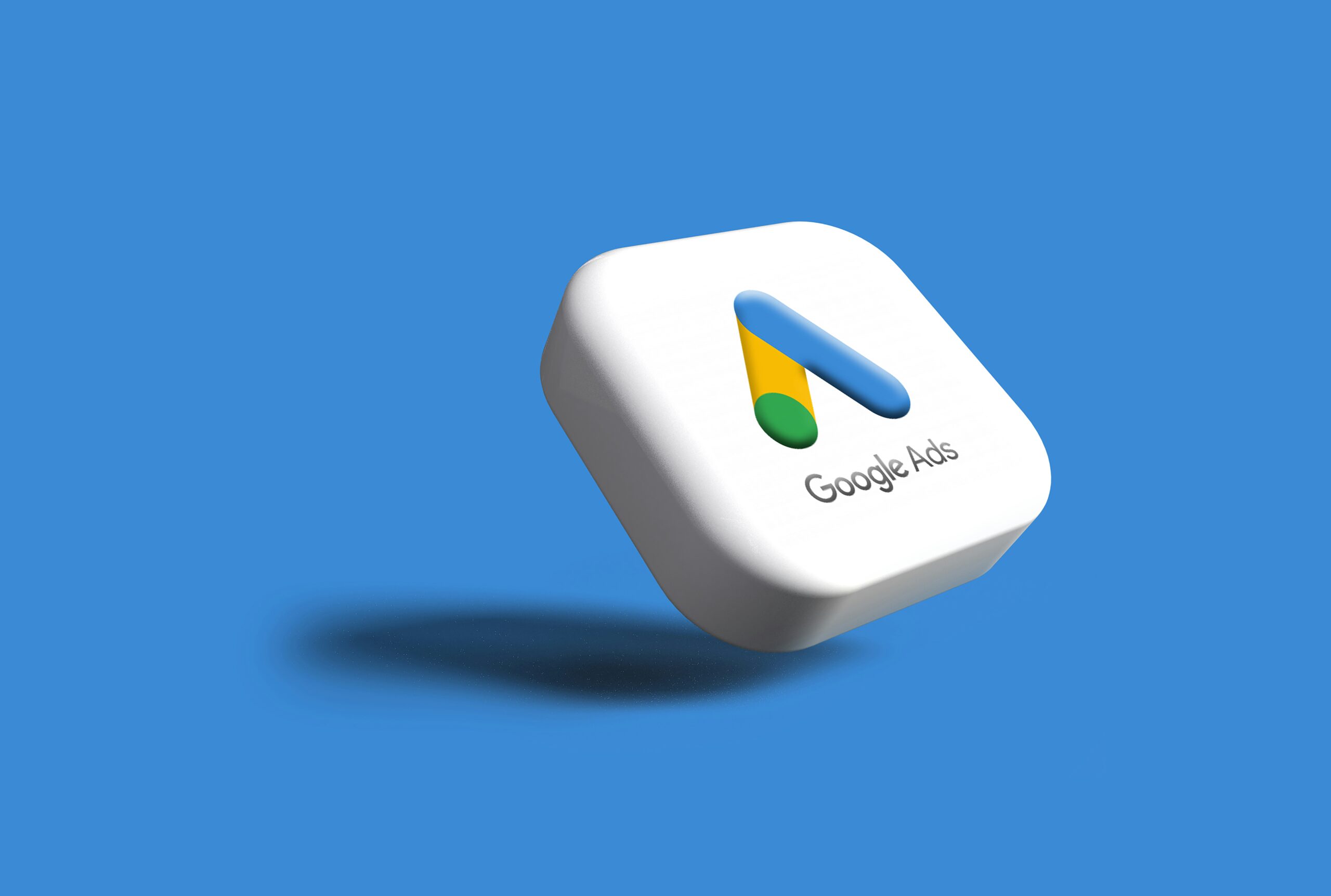Imagine this: You’ve just launched a brand-new business and need customers fast. You could pay for ads and start seeing traffic right away, or you could invest in long-term strategies that build credibility and trust. Which do you choose?
That’s the debate between organic and paid marketing—a decision every business owner faces. So, which one is better for your business? The answer depends on your goals, budget, and timeline. Let’s break it down in a way that makes sense for you.
What is Organic Marketing?
Organic marketing is any strategy that attracts customers naturally over time, without paying for direct placement. It includes:
- Search Engine Optimization (SEO)
- Content marketing (blogs, videos, infographics)
- Social media engagement (without ads)
- Email marketing (without paid promotions)
Essentially, it’s about creating valuable content and building relationships that bring traffic and leads without spending money on ads.
Real-World Example: Airbnb’s SEO Strategy
Airbnb ranks for thousands of high-intent keywords. They have optimized their site for SEO and created a blog that provides travel tips, destination guides, and host success stories. As a result, they drive massive organic traffic without paying for every click.
Common Mistakes in Organic Marketing
- Ignoring SEO Basics: Many businesses create content without optimizing it for search engines, making it hard to rank.
- Inconsistent Content Strategy: Posting once a month won’t help you build authority.
- Neglecting Engagement: Organic marketing thrives on relationships. If you ignore comments and messages, you lose potential leads.
Best Practices for Organic Marketing
- Focus on high-quality, informative content.
- Optimize your website and blogs for SEO.
- Engage with your audience on social media.
- Build an email list for long-term relationship building.
What is Paid Marketing?
Paid marketing is when you pay to promote your business. This includes:
- Pay-Per-Click (PPC) advertising (Google Ads, Bing Ads)
- Social media ads (Facebook, Instagram, LinkedIn, etc.)
- Display and banner ads
- Sponsored content and influencer collaborations
Paid marketing is all about immediate visibility and fast results. You pay to get in front of your audience right away.
Real-World Example: Shopify’s Facebook Ads Strategy
Shopify uses targeted Facebook ads to attract new merchants. Their ads showcase success stories and free trials, driving instant sign-ups. This allows them to reach business owners quickly, something organic marketing would take longer to achieve.
Common Mistakes in Paid Marketing
- Not Defining the Right Audience: If your ads target the wrong people, you’ll waste money.
- Ignoring Ad Performance Data: Running ads without analyzing what works leads to budget drain.
- Overlooking Landing Page Optimization: Even the best ads won’t convert if your landing page isn’t persuasive.
Best Practices for Paid Marketing
- Define your target audience clearly before launching ads.
- Monitor and adjust campaigns based on performance metrics.
- Optimize landing pages to maximize conversions.
- Use retargeting ads to reach previous visitors.
Organic vs. Paid Marketing: Which One is Better?
Here’s the truth: Neither is better than the other—they work best together.
| Factor | Organic Marketing | Paid Marketing |
|---|---|---|
| Cost | Low (but time-intensive) | High (but immediate results) |
| Speed | Slow (takes months) | Fast (instant results) |
| Long-Term Impact | High (builds authority) | Low (stops when budget runs out) |
| Scalability | Limited by effort | Easily scalable |
| Trust & Credibility | High (users trust organic results) | Lower (ads can feel intrusive) |
The Ideal Strategy: Combine Both
- Use paid ads for quick visibility and lead generation.
- Use organic marketing to build brand trust and long-term traffic.
- Retarget website visitors with paid ads to boost conversions.
- Optimize landing pages for both organic and paid visitors.
Final Thoughts: What’s Right for Your Business?
If you’re looking for quick wins, paid marketing can bring immediate results. But if you want sustainable growth, investing in organic marketing is crucial.
The best strategy? A combination of both. Use paid ads to bring traffic while working on organic SEO to ensure long-term success.
What’s your experience with organic and paid marketing? Have you found success with one over the other? Drop a comment below or reach out if you need help crafting the right strategy for your business!

